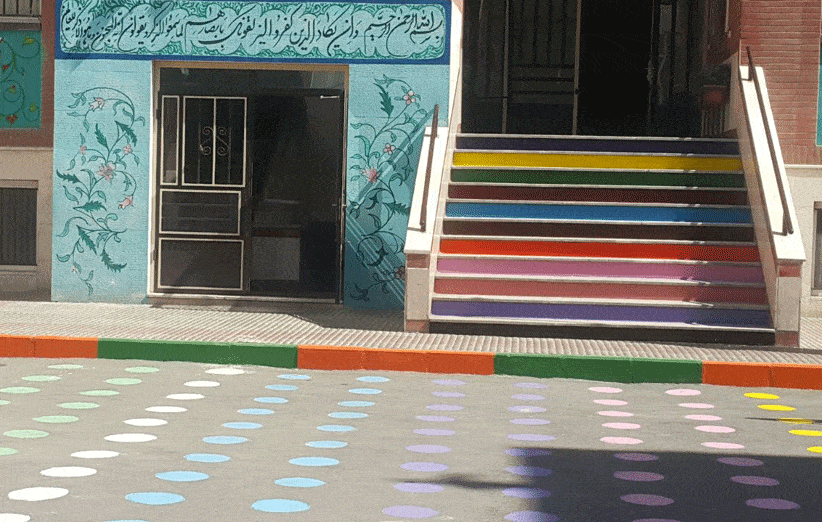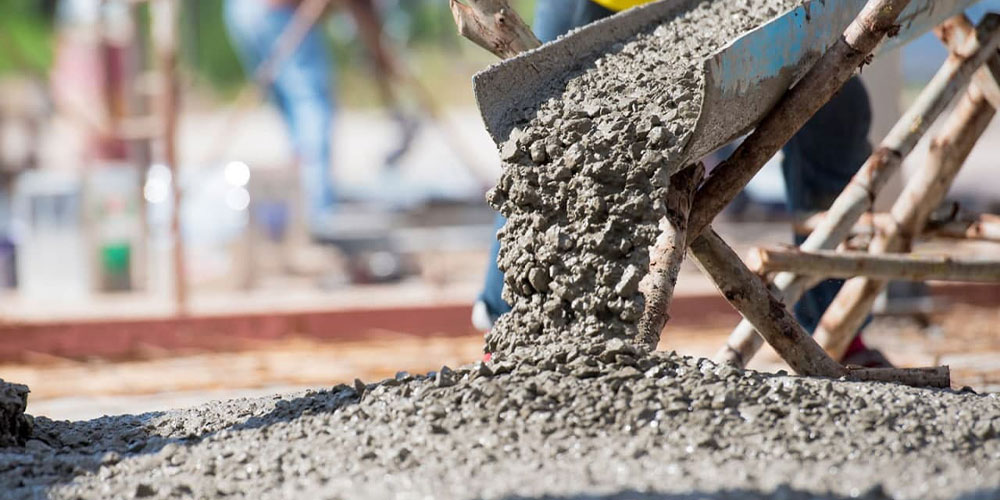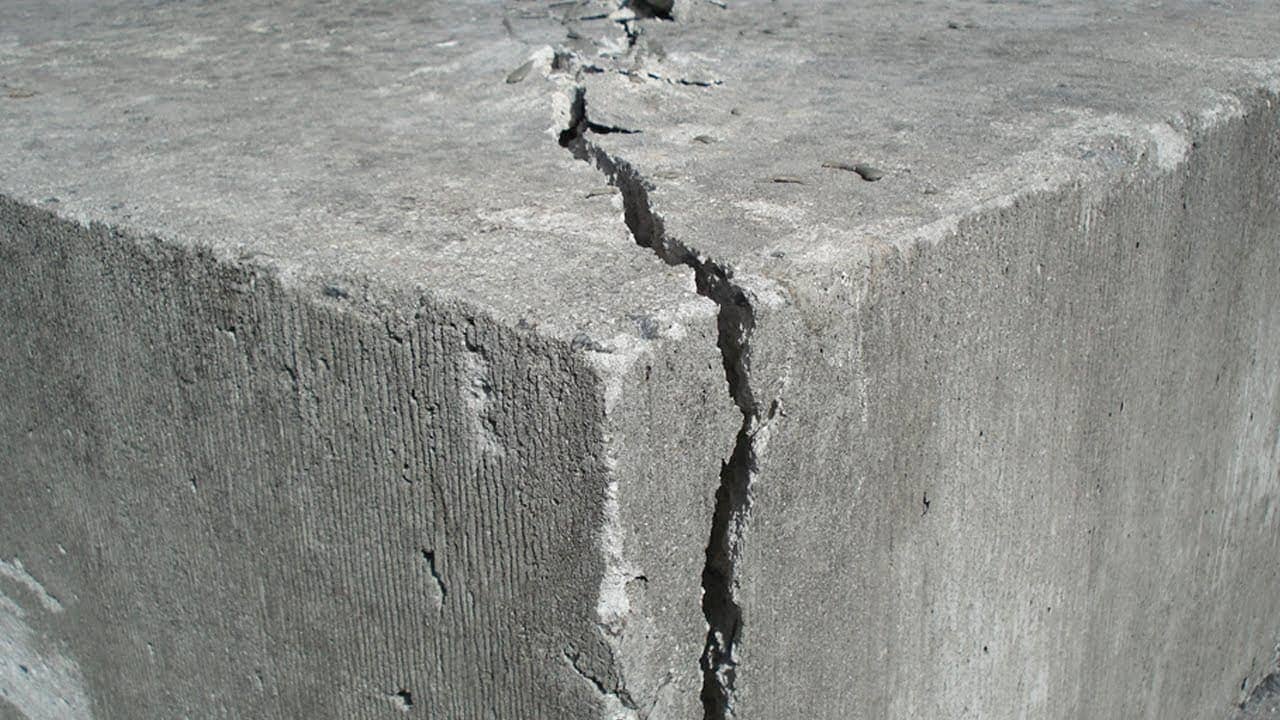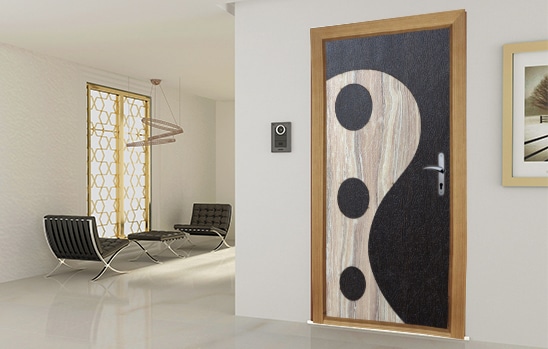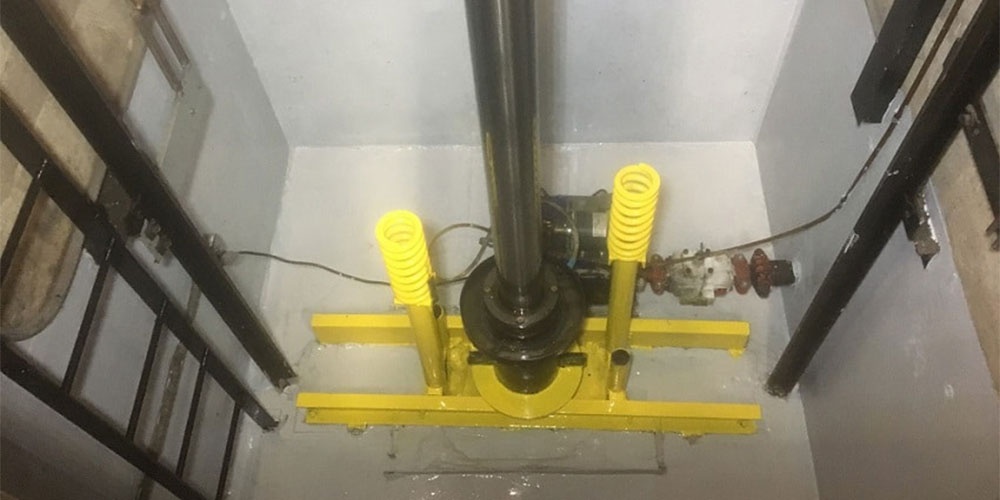A fresh coat of paint can transform the appearance of classrooms and educational environments, such as schools, quickly and cost-effectively. There are important considerations for this task, the most crucial being the selection of a suitable and hygienic color that is environmentally friendly and promotes our health.
Disadvantages and Hazards of Oil-Based Paints for Individuals:
Lead-based and chemical paints pose significant health risks, particularly for pregnant women, children, and individuals with cardiovascular and respiratory conditions.
The presence of chemicals and lead in these paints can lead to the release of toxic gases containing lead, zinc, and aluminum for years after application when exposed to (UV) radiation from sunlight. This exposure can result in symptoms such as early fatigue, headaches, and dizziness, making these paints unsuitable for educational and developmental environments.
Old lead-based paint particles released during sanding can significantly increase lead levels in children’s blood, indicating that we are inadvertently contaminating future generations.
Lead accumulates in body tissues and binds to proteins, exerting its most toxic effects on the brain and nervous system. Inhalation of lead dust while sanding walls, direct sunlight exposure, and contact with surfaces painted with oil-based paints can lead to absorption of toxins through respiration, ingestion, and skin contact.
If, due to your occupation or circumstances, you are required to be exposed to oil-based paints, it is advisable to adhere to the following safety precautions:
- To minimize the duration of exposure in the environment, while no specific time can be suggested, leave the area as soon as you begin to feel unwell to get fresh air.
- Ensure proper ventilation Keep windows open and wear a mask to prevent inhalation of polluted air and harmful paint particles.
- Avoid direct sunlight on oil-based paints applied to surfaces and refrain from inhaling air from such environments.
The optimal solution that is logical, cost-effective, and entirely hygienic is the use of water-based paints (acrylic). Water-based paints are completely odorless and sanitary, making them the most common type of building paint in developed countries.
As the name suggests, these paints are water-based and are classified as green products from an environmental standpoint, posing no harm to human health or the environment. Additionally, they are easy to apply and can be used by individuals with minimal experience, including children.
These paints are highly cost-effective, and their repair and restoration in subsequent years do not require sanding or filling, making the process quick, easy, and inexpensive.
The only drawback of plastic and water-based paints is their lack of stability and resistance to detergents and water. However, this weakness can be completely mitigated by combining waterproof adhesive and Z90 resin.
Combining a small amount of waterproof adhesive with Z90 resin in water-based paints significantly enhances their stability, resistance, penetration power, sealing capability, and water repellency of the surface, allowing it to be washed directly with water.
The waterproof adhesive and Z90 resin are resistant to moss, algae, and various bacteria while significantly reducing UV radiation absorption. This product is highly effective in the fields of reinforcement, sealing, and construction. One of its applications is its incorporation into paints; it can also independently seal all plastered, concrete, cement surfaces, as well as fiber cement sheets, slate, stone, and mosaic without color change.
Description of Executive Services for Hygienic Painting of Schools:
- Complete removal of old paint and thorough cleaning of all surfaces from any environmental contaminants.
- Repair of damaged and cracked areas using special putties for water-based paints.
- Application of a primer layer with Z90 waterproof adhesive resin to prepare gypsum surfaces for washable paint application.
- Creation of a waterproof paint with high resistance and durability, without adverse environmental effects, by combining plastic or acrylic paint with Z90 waterproof adhesive resin (For this, first mix 1 part of Z90 waterproof adhesive resin with 5 parts of water, then use this solution to thin the paint.)
- Application of two coats of waterproof paint on the prepared surfaces.




